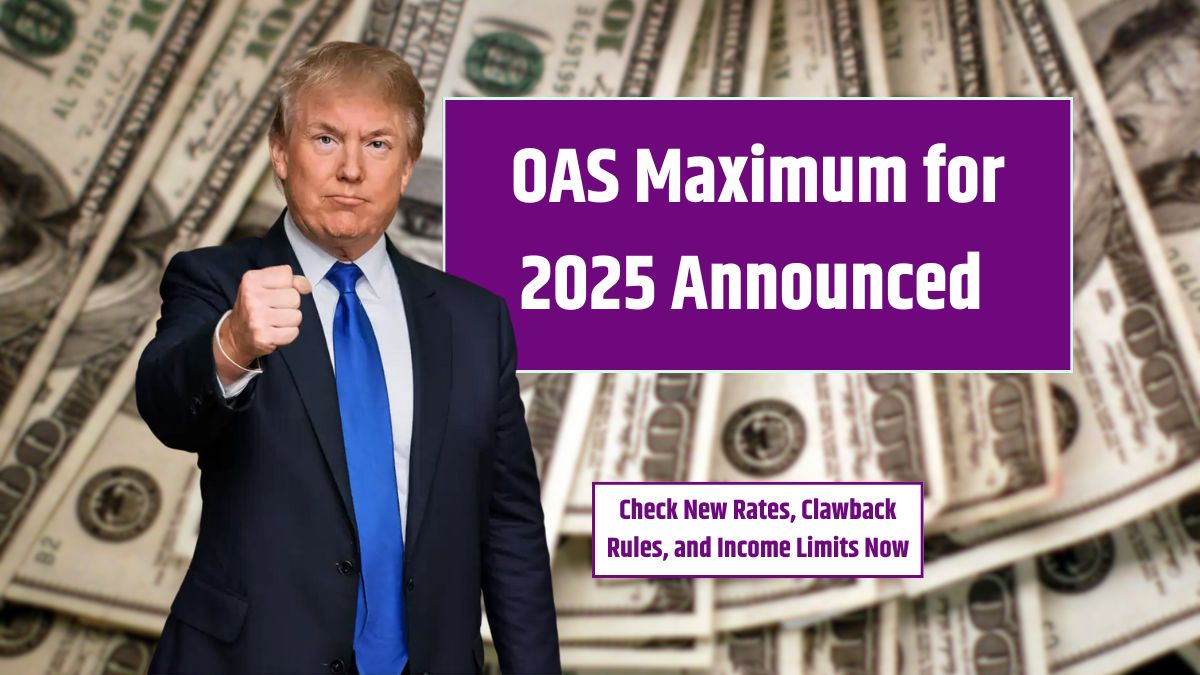With no more Social Security or SSI checks coming in June, it’s time to focus on the July payments. If you’re expecting a direct deposit or paper check next month, here’s everything you need to know about the upcoming paydays and who qualifies for them.
Schedule
SSI payments always hit bank accounts on the first day of the month—so, July 1 is payday for those receiving Supplemental Security Income. As for Social Security, July 3 is the date to remember. But there’s more: if you receive Social Security based on your birth date, payments will also be sent on July 9, 16, and 23.
Now here’s the kicker: if you get both SSI and Social Security, you’ll actually receive two separate checks—one on July 1 (SSI) and another on July 3 (Social Security). It’s like a double payday, but only if you qualify.
Eligibility
Wondering who qualifies for those early July payments? For SSI on July 1, you must meet strict requirements. It’s not just about income—it’s about your total financial picture.
Here’s what it takes to qualify for SSI:
- Limited or no income
- Few resources (like savings or property)
- U.S. citizenship or certain immigration statuses
- Living in the United States full-time
- Not absent from the country for more than 30 straight days
- Be 65+, blind, or have a qualifying disability
- Allow the SSA to verify your financial info
And of course, you must actually apply and get approved. There’s no automatic enrollment.
To get your Social Security payment on July 3, 2025, you must meet one of two conditions:
- You started collecting Social Security before May 1997
- You get both SSI and Social Security at the same time
Amounts
Let’s talk dollars. SSI isn’t designed to be your main paycheck—it’s extra help. That’s why the average SSI payment is much lower than Social Security’s.
Here’s a quick breakdown:
| Benefit Type | Average Monthly Payment | Max Payment (Single) |
|---|---|---|
| SSI | $718 | $967 |
| Social Security | $2,002 | Up to $5,108 |
Keep in mind that SSI max amounts vary based on your situation. If you’re married and both qualify, you could receive up to $1,450 combined. If you qualify as an essential person—someone who lives with and provides care to the recipient—you may get up to $484.
But here’s the twist: some people get both payments. If your Social Security check is low enough, you may still qualify for SSI, making you eligible for two checks at the start of July.
Requirements
If you’re scratching your head wondering why you didn’t get paid, check your status. You must file an application for either SSI or Social Security, and each has its own rules and approval process. Just living in the U.S. or being low-income isn’t enough.
Also, don’t forget to give the SSA permission to access your financial records. If you skip that step, your application could be delayed or denied altogether.
Planning
It’s also important to look ahead. While July’s schedule is typical, September will see an early payment. Because September 1 falls on a weekend, SSI payments for that month will arrive on August 29. Make sure to mark your calendar so you’re not caught off guard.
So if you’re receiving both SSI and Social Security, July is looking like a two-payment month. Just be sure you meet all the conditions, and keep an eye on that direct deposit.
FAQs
Who gets SSI on July 1, 2025?
Anyone approved and eligible for SSI gets paid on July 1.
Why is Social Security paid on July 3?
It’s the fixed payday for pre-May 1997 filers or SSI+SS recipients.
How much is average SSI in July 2025?
The average is about $718 per month.
Can I get both SSI and Social Security?
Yes, if you qualify financially and meet the requirements.
When is the next early SSI payday?
August 29, 2025, for the September SSI payment.























